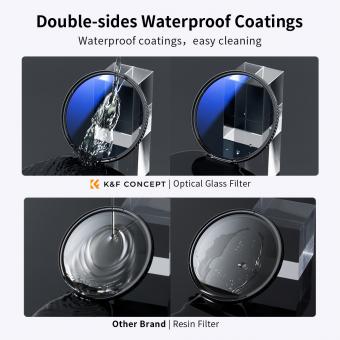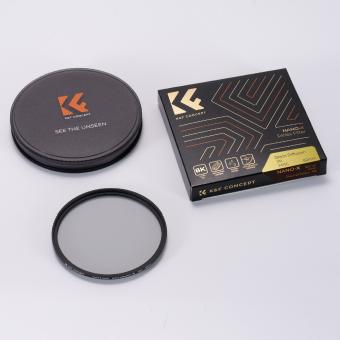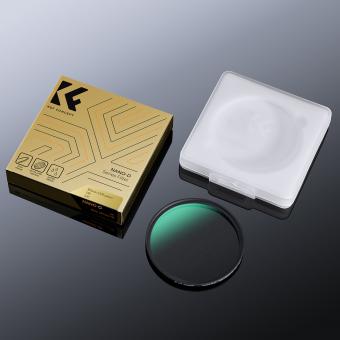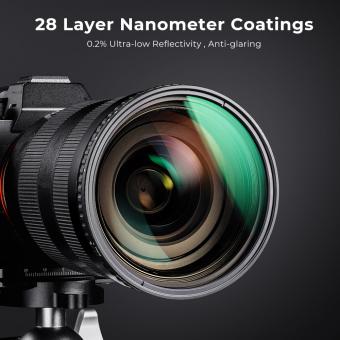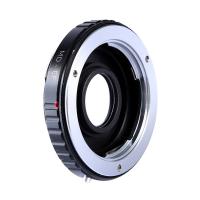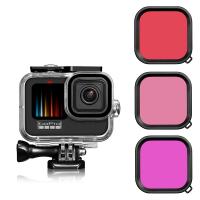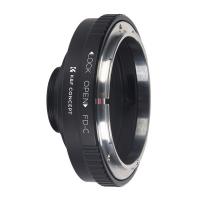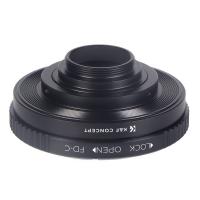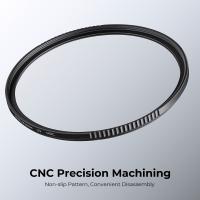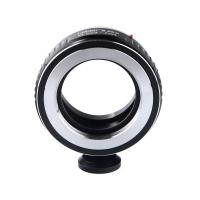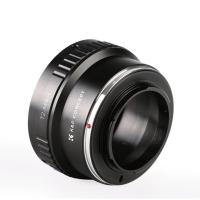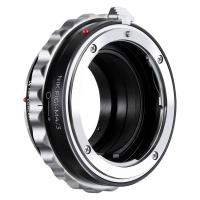How Do Nd Filters Work ?
Neutral density (ND) filters are optical filters that reduce the amount of light entering the camera lens without affecting the color or hue of the image. They work by evenly attenuating the intensity of all wavelengths of light passing through them. ND filters are typically made of glass or resin and are available in different strengths, measured in stops.
When a photographer or videographer attaches an ND filter to their lens, it reduces the amount of light reaching the camera's sensor. This allows them to use longer exposure times or wider apertures in bright conditions, without overexposing the image. ND filters are commonly used in landscape photography to create motion blur in waterfalls or capture long exposures during daylight. They are also useful in videography to maintain a shallow depth of field in bright environments.
By reducing the amount of light, ND filters help photographers and videographers have more control over their exposure settings, allowing them to achieve desired creative effects in various lighting conditions.
1、 Definition and Purpose of ND Filters
ND filters, or Neutral Density filters, are essential tools for photographers and videographers. They are essentially darkened pieces of glass or resin that are placed in front of the camera lens to reduce the amount of light entering the camera.
The way ND filters work is by evenly reducing the intensity of all wavelengths of light, hence the term "neutral density." This reduction in light allows photographers to achieve certain creative effects that would otherwise be difficult or impossible to achieve.
The purpose of ND filters is to control the exposure of a photograph or video in situations where there is too much light. By reducing the amount of light entering the camera, ND filters allow photographers to use wider apertures, slower shutter speeds, or both, without overexposing the image. This is particularly useful in situations where a shallow depth of field or motion blur is desired, such as in landscape photography or when capturing flowing water.
ND filters come in different strengths, measured in stops, which indicate the amount of light they block. Common strengths include 1-stop, 2-stop, and 3-stop filters, but stronger filters are also available for extreme light reduction. Some ND filters are also variable, allowing photographers to adjust the amount of light reduction by rotating the filter.
In recent years, ND filters have gained popularity in the world of drone photography and videography. Drones often have fixed aperture settings, so using ND filters is crucial for achieving proper exposure in bright conditions.
Overall, ND filters are indispensable tools for photographers and videographers, enabling them to have greater control over exposure and achieve creative effects in various lighting conditions.
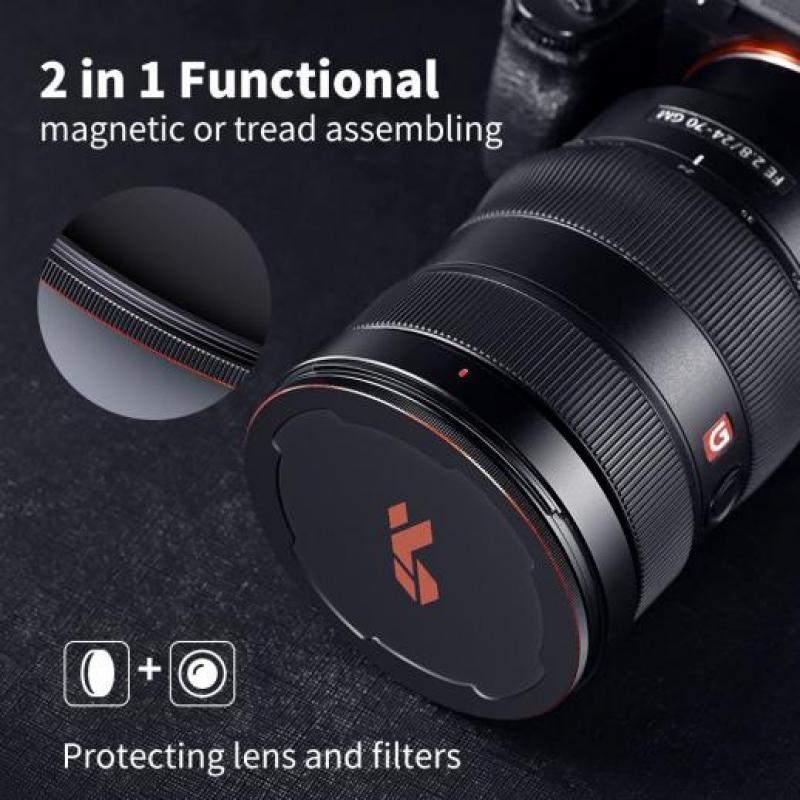
2、 Optical Properties and Light Transmission of ND Filters
ND filters, or Neutral Density filters, are optical devices used in photography and videography to reduce the amount of light entering the camera lens without affecting the color or hue of the image. They work by evenly attenuating the intensity of all wavelengths of light passing through them.
ND filters are typically made of glass or resin and contain a special coating that allows them to absorb or reflect a certain percentage of light. The amount of light reduction is measured in stops, with each stop representing a halving of the light intensity. For example, a 1-stop ND filter reduces the light by 50%, while a 3-stop ND filter reduces it by 87.5%.
The optical properties of ND filters are determined by their material composition and the specific coating applied to them. The coating is designed to selectively absorb or reflect light across the entire visible spectrum, resulting in a neutral reduction of light intensity. This ensures that the color balance of the image remains unchanged.
The latest advancements in ND filter technology have focused on improving the light transmission properties of the filters. Manufacturers have developed multi-coating techniques that minimize reflections and maximize light transmission, resulting in higher optical clarity and reduced image degradation. Additionally, some filters incorporate anti-reflective coatings to minimize flare and ghosting.
It is important to note that the effectiveness of an ND filter is dependent on the quality of the filter itself. Cheaper filters may introduce color casts or reduce image sharpness, while high-quality filters maintain the integrity of the image.
In summary, ND filters work by evenly reducing the intensity of light passing through them without altering the color balance of the image. The latest advancements in ND filter technology have focused on improving light transmission properties and minimizing image degradation.

3、 Types of ND Filters and Their Applications
ND filters, or Neutral Density filters, are essential tools for photographers and videographers. They work by reducing the amount of light that enters the camera lens without affecting the color or contrast of the image. This allows for greater control over exposure settings, especially in bright conditions or when using long exposure techniques.
ND filters come in various types, each with its own specific applications. The most common types include fixed ND filters, variable ND filters, and graduated ND filters.
Fixed ND filters have a specific light reduction factor, such as ND2, ND4, or ND8, which correspond to one, two, or three stops of light reduction, respectively. These filters are ideal for situations where a consistent level of light reduction is needed, such as when shooting waterfalls or capturing motion blur in bright daylight.
Variable ND filters, on the other hand, offer adjustable light reduction by rotating the filter. They are versatile and convenient, allowing photographers to quickly adapt to changing lighting conditions. However, some variable ND filters may introduce color casts or vignetting at extreme settings, so it's important to choose high-quality filters.
Graduated ND filters are designed with a gradient transition from dark to clear, allowing for selective light reduction. They are commonly used in landscape photography to balance the exposure between the bright sky and the darker foreground. These filters come in different strengths and orientations, such as horizontal or vertical, to suit various compositions.
In recent years, advancements in technology have led to the development of new types of ND filters, such as magnetic filters that attach directly to the lens without the need for a filter holder. These filters offer convenience and ease of use, particularly for photographers on the go.
Overall, ND filters are indispensable tools for photographers and videographers, enabling them to achieve creative effects and control exposure in challenging lighting conditions.
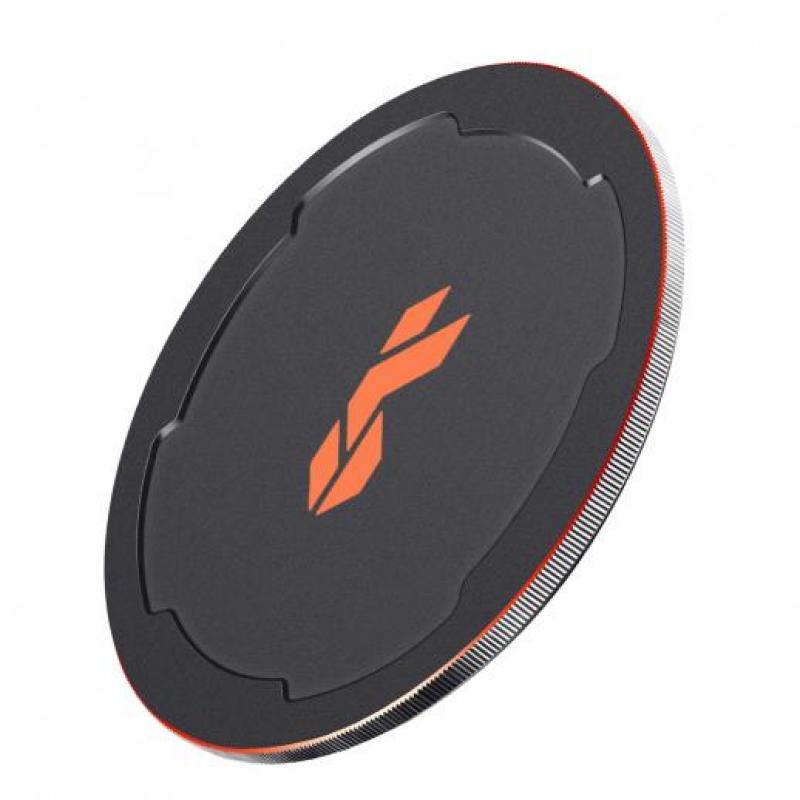
4、 Factors to Consider When Choosing an ND Filter
Factors to Consider When Choosing an ND Filter
ND filters, or neutral density filters, are essential tools for photographers and videographers. They work by reducing the amount of light that enters the camera lens without affecting the color or quality of the image. This allows for greater control over exposure settings, particularly in bright conditions or when using long exposure techniques.
When choosing an ND filter, there are several factors to consider:
1. Filter Density: ND filters come in various densities, indicated by their filter factor or stops. The higher the filter factor, the more light the filter blocks. Common densities range from ND2 (1-stop reduction) to ND1000 (10-stop reduction). The choice depends on the desired effect and shooting conditions.
2. Filter Size: Ensure that the filter is compatible with the lens diameter of your camera. Many filters come in standard sizes, but step-up or step-down rings can be used to adapt filters to different lenses.
3. Filter Material: ND filters are available in glass or resin. Glass filters generally offer better optical quality but can be more expensive. Resin filters are lighter and more affordable but may be prone to scratches.
4. Filter Coating: Some filters have special coatings to reduce reflections, flare, and ghosting. These coatings can improve image quality and reduce the need for post-processing.
5. Filter System: Consider whether you want a screw-on filter that attaches directly to the lens or a filter system that uses a filter holder and square or rectangular filters. Filter systems offer more flexibility and allow for stacking multiple filters.
6. Price: ND filters vary in price depending on the brand, quality, and density. It's important to find a balance between budget and desired performance.
7. Latest Point of View: With advancements in technology, some filters now come with additional features like variable density, allowing for adjustable light reduction. These filters offer greater flexibility in controlling exposure settings.
In conclusion, when choosing an ND filter, it is important to consider factors such as filter density, size, material, coating, system, price, and any latest advancements. By carefully considering these factors, photographers and videographers can select the most suitable ND filter for their specific needs and achieve the desired creative effects in their work.








